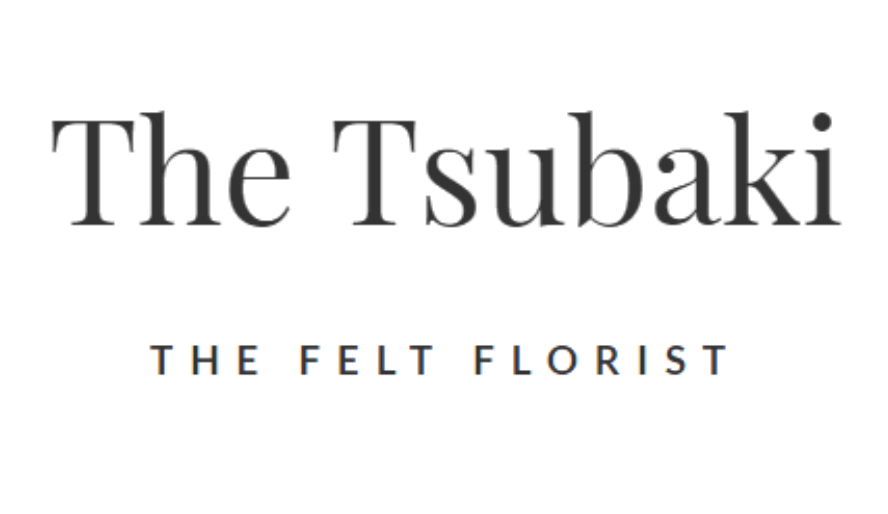The History & Symbolism Of Camellias In Japan
From its roots in ancient Chinese folklore to its modern presence in Japanese culture, the camellia – or tsubaki in Japanese – has a fascinating and meaningful history. Learn all about the botanical name of this beautiful flower, as well as its deep symbolism that’s been revered for centuries.
What is the Camellia?
The camellia, also known as the tsubaki in Japanese, is a flower species that originates from Asia. It belongs to the family of tea plants and is cultivated extensively in many regions of Japan. In fact, it’s an important symbol of the country, having been used steeped in tradition for centuries. From its bright petals to its sweet nectar-like scent, it’s no wonder why this flower has been admired for so long.
History of the Camellia in Japan: From Botanical to Mythical
The amazing history of the camellia goes back centuries in Japan, with some estimates dating as far back as 810 A.D. It was first brought to Japan from China and the flowers quickly became incredibly popular for their three-petalled structures that evoked a sense of prosperity. Over time, it has come to take on an important role in many aspects of Japanese culture, such as traditional tea ceremonies and origami art. The camellia has come to symbolize grace, beauty, sophistication, and perseverance – all traits that make it so beloved today.
The Symbolism of the Red Camellia – A Flower Adorned with Meaning Throughout History
The red camellia has long been a symbol of beauty, grace and perseverance in Japanese culture. Its deep crimson petals evoke the vividness of a fiery sun while its delicate bloom serves to represent the infinite nature of life itself. It has become the embodiment of courage, resilience and strength owing to its fantastic ability to survive and thrive in even the harshest conditions. It is believed that those who wear or carry a red camellia can show their boldness in facing adversity with integrity and grace; thus, this timeless flower carries with it monumental symbolism.
How to make a Felt Camellia
Materials and Tools
- Wool blend felt – White / Green / Gold glitter felt
- Glue gun and Glue stick
- Fabric Scissors
Dimensions
- Green Felt : 5cm x 5cm – 1 pieces
- Green Felt : 3cm x 7cm – 1 pieces
- Glitter Felt : 3cm x 20cm – 1 piece
- White Felt : 3cm x 5cm – 12 pieces
The Symbolism Behind the Camellia
The camellia is intricately intertwined with the cultural and spiritual life of Japan. In various art forms, they signify appreciation and admiration. The flower represents a spirit of depth, self-reflection and inner strength – qualities that are highly esteemed in Japanese culture. They also symbolize love, loyalty and humility – perfect to express gratitude towards family and friends.
The Roots of the brand, “The Tsubaki”
The name ‘The Tsubaki’ came from my love of camelias which are one of Japan’s most well-known, traditional flowers. Hundreds of tsubakis (camelias) bloom in winter and the leaves are evergreens all through the year meaning it is not only one of the most popular but also one of the most beautiful flowers in Japan. To me they evoke the feelings of passion, beauty and loyalty.
Like the always green camellia leaves, the name comes from our desire to create designs that never forget our original intentions and continue to shine.
